10 Mediterranean Fruits That Will Spice Up Your Life (And Kitchen!)
Welcome to a flavorful journey through the sun-drenched groves and bustling markets of the Mediterranean, where nature’s candy grows in vibrant colors, intoxicating aromas, and mouthwatering flavors. Whether you're a seasoned chef or just someone who loves experimenting with spices and fruits, this listicle is your ultimate guide to the top 10 Mediterranean fruits that bring both zest and zing to any dish.
Table of Contents
- The King of Mediterranean Fruits: Olives
- Figs – The Sweet Whisper of Summer
- Pomegranates – Jewels of Antioxidants
- Lemons – Brightness in Every Bite
- Oranges – Sunshine You Can Taste
- Grapes – Nature’s Tiny Powerhouses
- Dates – Natural Candy from Ancient Sands
- Apricots – Golden Gems of the Mediterranean Diet
- Quince – The Forgotten Fruit with Medieval Roots
- Prunes – The Superfood Disguised as a Snack
- Conclusion: Embrace the Mediterranean Flavors
1. The King of Mediterranean Fruits: Olives
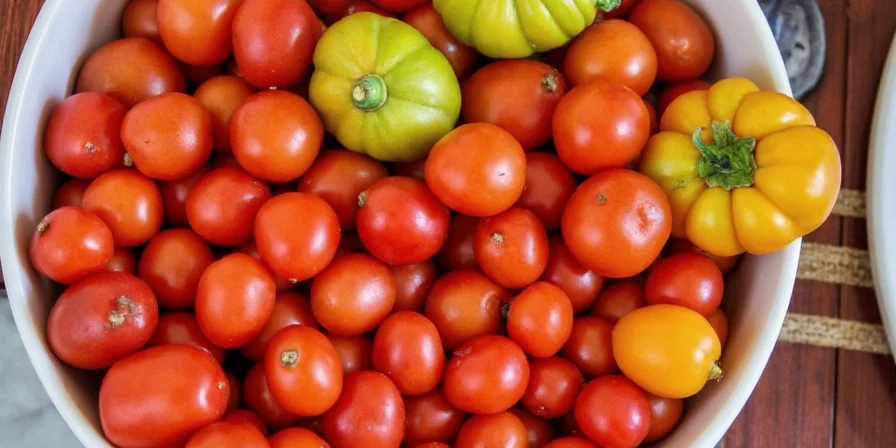
While many mistake olives for vegetables, they’re actually fruits — botanically classified as drupes, just like cherries and peaches. Grown across southern Europe and North Africa, olives come in hundreds of varieties and add depth, saltiness, and complexity to everything from tapenades to pizzas.
- Spice Pairings: Rosemary, thyme, oregano, chili flakes
- Chef’s Tip: Soak brined olives in warm water for 30 minutes before use to reduce their saltiness without losing flavor.
- Pro Hack: Stuff green olives with almonds or blue cheese for an elevated appetizer.
2. Figs – The Sweet Whisper of Summer
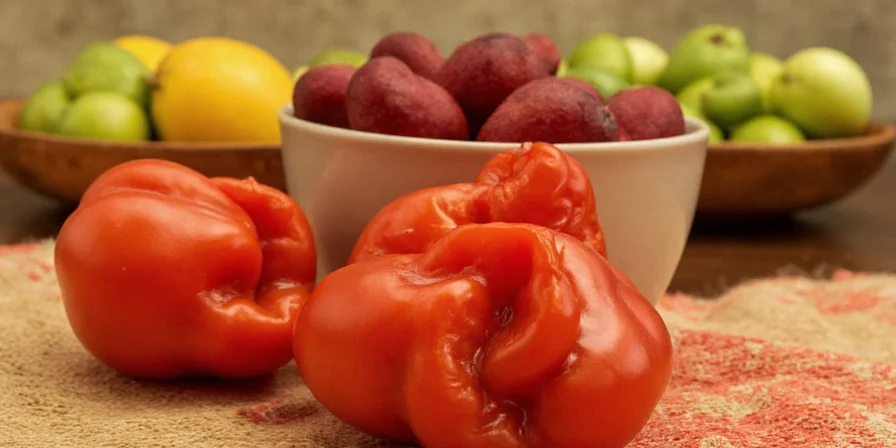
Figs have been revered since ancient times for their luscious texture and honey-like sweetness. Whether fresh or dried, they bring a rich, earthy sweetness that pairs beautifully with cheeses, meats, and even spicy rubs.
- Spice Pairings: Black pepper, cinnamon, cardamom, balsamic glaze
- Chef’s Tip: Wrap figs in prosciutto and bake at 375°F (190°C) for 10 minutes for a quick but elegant appetizer.
- Pro Hack: Use dried figs in spice blends for slow-cooked stews — it adds a subtle umami depth.
3. Pomegranates – Jewels of Antioxidants
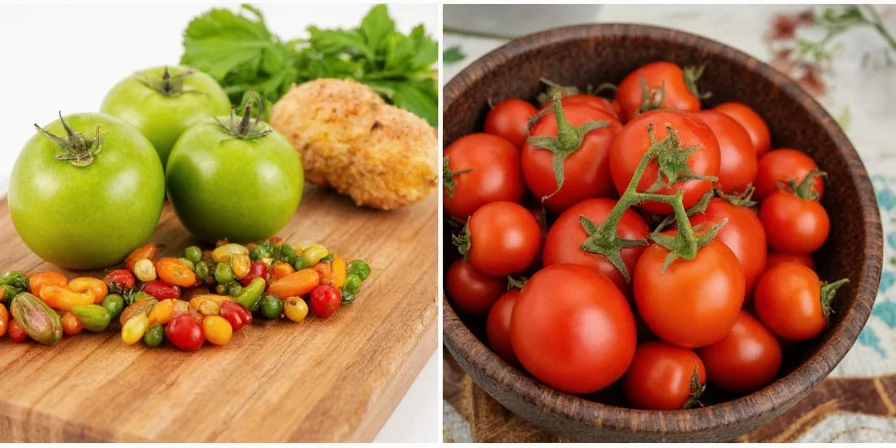
Known as “the jewel of winter,” pomegranates are bursting with ruby-red arils packed with antioxidants. Their tart-sweet flavor elevates salads, desserts, and spice-infused marinades.
- Spice Pairings: Sumac, cumin, coriander, mint
- Chef’s Tip: Add arils to lamb dishes spiced with cumin and paprika for a flavor explosion.
- Pro Hack: Freeze pomegranate molasses in ice cube trays to easily add richness to sauces later.
4. Lemons – Brightness in Every Bite
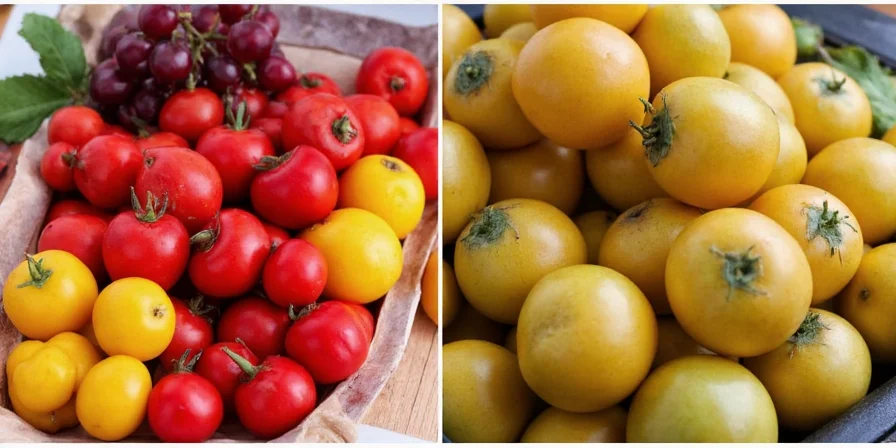
No Mediterranean kitchen is complete without lemons. Their zest and juice are indispensable for balancing rich spices, brightening up dips, and adding freshness to grilled fish and roasted vegetables.
- Spice Pairings: Za’atar, dill, saffron, garlic powder
- Chef’s Tip: Use lemon zest in spice blends for seafood seasoning — it brings out the natural sweetness.
- Pro Hack: Make preserved lemons by packing sliced lemons with coarse salt — they become a tangy, complex condiment after a few weeks.
5. Oranges – Sunshine You Can Taste
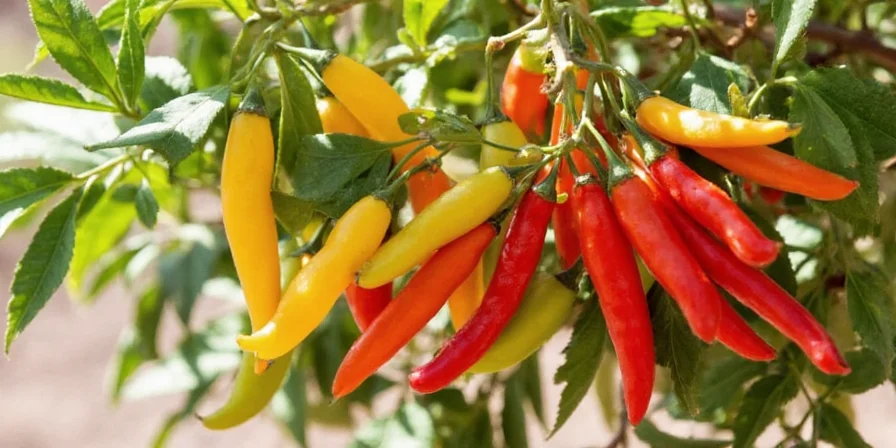
Bitter oranges, sweet navel, or blood oranges — each variety brings its own personality to Mediterranean cuisine. From marmalades to tagines, citrus zest plays well with both sweet and savory profiles.
- Spice Pairings: Clove, allspice, cinnamon, star anise
- Chef’s Tip: Zest orange over roasted carrots or sweet potatoes with a pinch of smoked paprika for a unique twist.
- Pro Hack: Infuse orange zest into olive oil along with garlic and chili for a multipurpose dressing base.
6. Grapes – Nature’s Tiny Powerhouses
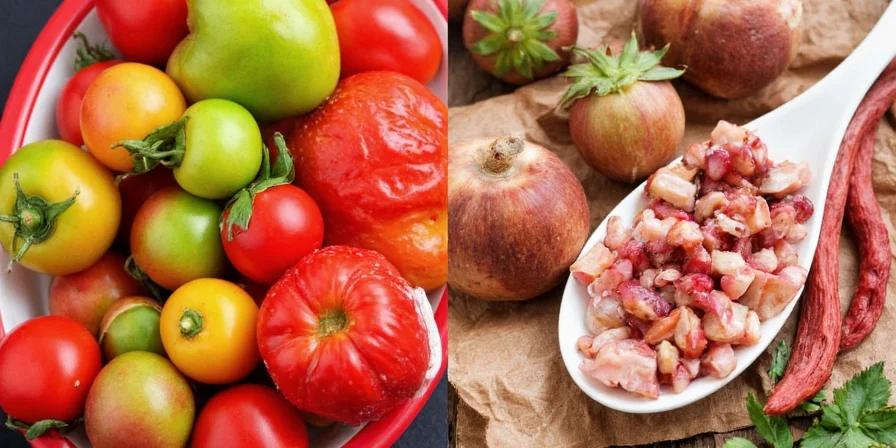
From wine to raisins, grapes are versatile and deeply rooted in Mediterranean culture. Their sweetness can counterbalance heat from chilies or enrich savory meat dishes with a touch of fruitiness.
- Spice Pairings: Nutmeg, clove, black pepper, thyme
- Chef’s Tip: Roast red grapes with rosemary and serve alongside spiced chicken thighs.
- Pro Hack: Use raisins in spice pastes for Moroccan tagines — they melt into a deliciously complex sauce.
7. Dates – Natural Candy from Ancient Sands
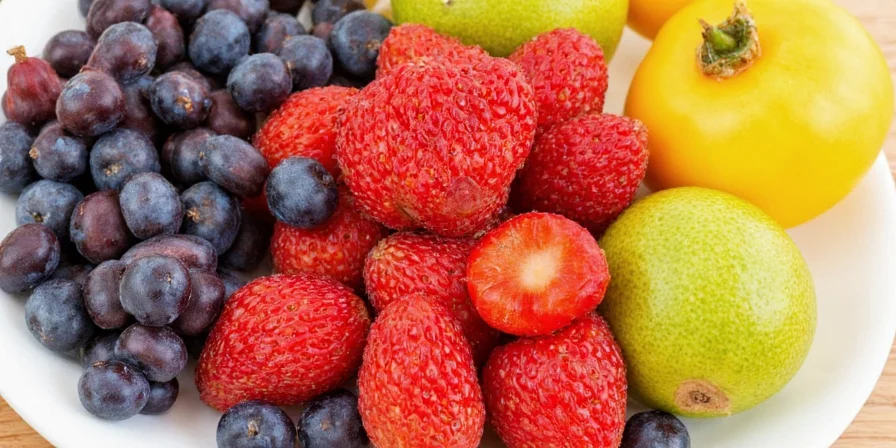
Dates are one of the oldest cultivated fruits, known for their caramel-like sweetness and chewy texture. They balance spicy heat perfectly and are often used in Middle Eastern spice blends and festive desserts.
- Spice Pairings: Cinnamon, nutmeg, cardamom, cumin
- Chef’s Tip: Blend soaked dates with tahini and a dash of sea salt for a killer dip for fruit or spiced crackers.
- Pro Hack: Add chopped dates to spice rubs for roasted lamb — it caramelizes slightly and enhances crust formation.
8. Apricots – Golden Gems of the Mediterranean Diet
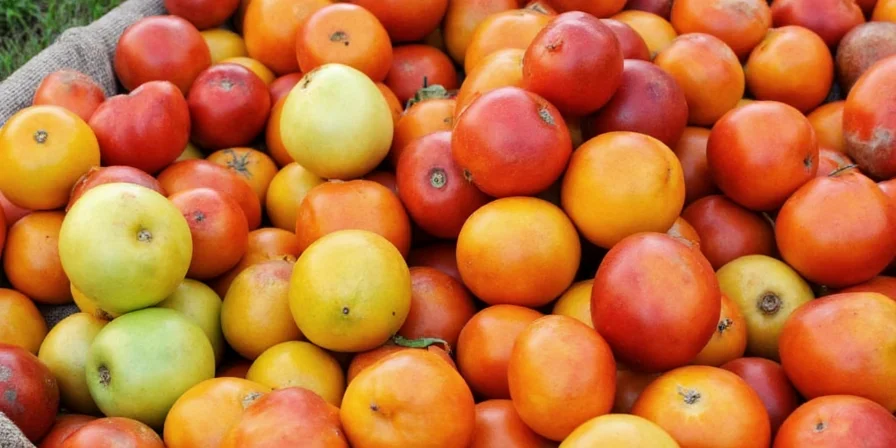
These golden-orange beauties pack a punch of vitamin A and a sweet-tart flavor profile. Dried apricots are especially popular in spice-forward dishes from North Africa to Turkey.
- Spice Pairings: Saffron, ginger, turmeric, allspice
- Chef’s Tip: Rehydrate dried apricots and toss them into couscous with toasted pine nuts and cinnamon.
- Pro Hack: Puree apricots with harissa and a bit of honey for a glaze on grilled pork chops.
9. Quince – The Forgotten Fruit with Medieval Roots
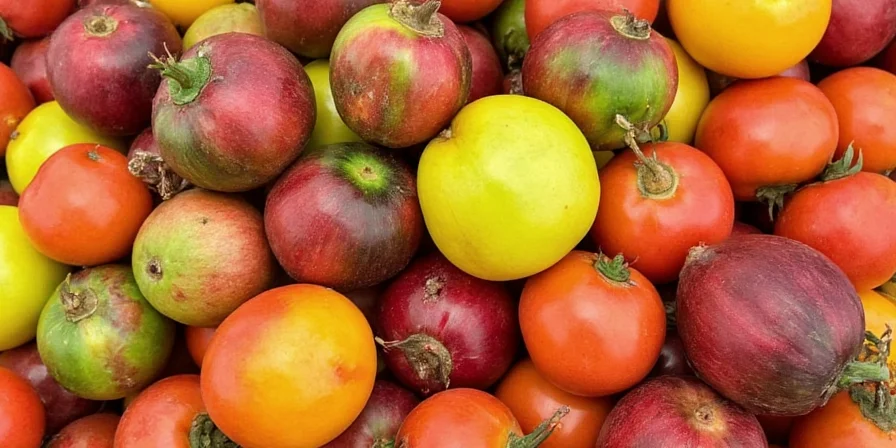
Rarely eaten raw, quince transforms into a fragrant, golden paste when slow-cooked with sugar and spices. It’s a traditional pairing with cheese and cured meats, particularly in Spanish and Turkish cuisine.
- Spice Pairings: Clove, cinnamon, star anise, vanilla
- Chef’s Tip: Poach quince slices in syrup infused with spices and pair with creamy goat cheese for a rustic dessert.
- Pro Hack: Make quince paste ahead and store it — it keeps for months and makes a stunning addition to charcuterie boards.
10. Prunes – The Superfood Disguised as a Snack
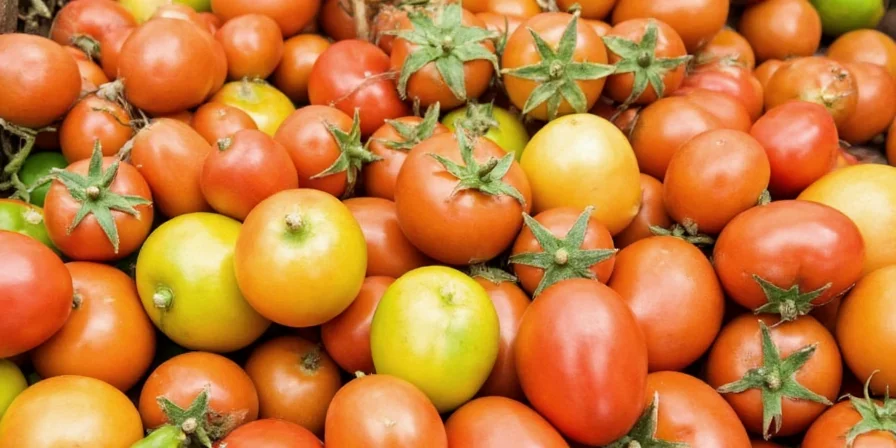
Often underrated, prunes are dried plums loaded with fiber, iron, and antioxidants. In Mediterranean cooking, they’re frequently used in tagines, stuffing mixes, and even braises where they lend a deep, fruity note.
- Spice Pairings: Ginger, cinnamon, allspice, coriander
- Chef’s Tip: Use prunes in slow-cooked beef recipes — they help tenderize the meat and add body to the sauce.
- Pro Hack: Puree prunes and mix into barbecue sauces for a dark, complex sweetness.
Quick Comparison Table: Mediterranean Fruits & Their Best Spice Matches
| Fruit | Main Flavor Profile | Best Spice Pairings | Pro Usage Tip |
|---|---|---|---|
| Olives | Salty, briny, earthy | Rosemary, oregano, chili flakes | Soak to reduce saltiness; stuff for appetizers |
| Figs | Sweet, jammy, floral | Black pepper, cinnamon, balsamic | Wrap in prosciutto and bake |
| Pomegranate | Tart-sweet, juicy | Sumac, cumin, mint | Add arils to lamb dishes |
| Lemons | Zesty, acidic, bright | Za'atar, dill, saffron | Make preserved lemons |
| Oranges | Citrusy, sweet, aromatic | Clove, allspice, star anise | Zest over roasted vegetables |
| Grapes | Sweet, juicy, delicate | Nutmeg, thyme, black pepper | Roast with rosemary and chicken |
| Dates | Rich, caramel-like | Cinnamon, cardamom, cumin | Mix into lamb spice rubs |
| Apricots | Golden, tart-sweet | Saffron, ginger, turmeric | Use in couscous or glazes |
| Quince | Woody, musky, aromatic | Clove, cinnamon, star anise | Poach and pair with goat cheese |
| Prunes | Deep, fruity, intense | Ginger, allspice, coriander | Blend into barbecue sauces |
Conclusion: Embrace the Mediterranean Flavors
The Mediterranean basin isn’t just about olive oil and spices — it’s also home to some of the most vibrant, versatile, and surprisingly underutilized fruits in global cuisine. These ten fruits offer not only bold flavors but also functional roles in balancing, enhancing, and transforming spice-laden dishes. Whether you're building a new marinade, crafting a spice rub, or simply looking to elevate your everyday cooking, don’t forget to reach for these Mediterranean gems.
So next time you’re at the market, skip the generic apples and grab a bunch of dates, a handful of figs, or a jar of pomegranate arils instead. Your taste buds — and your spice rack — will thank you!

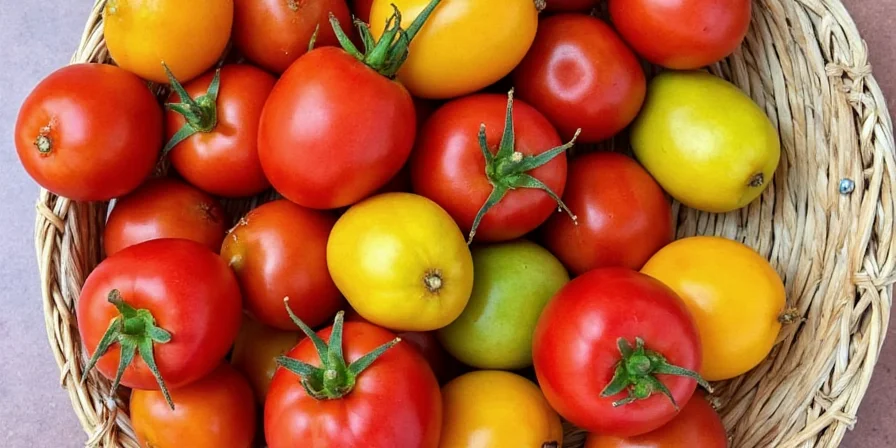









 浙公网安备
33010002000092号
浙公网安备
33010002000092号 浙B2-20120091-4
浙B2-20120091-4